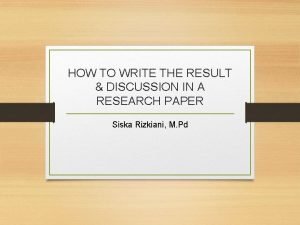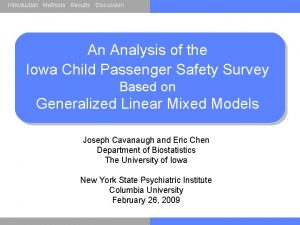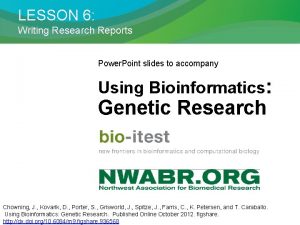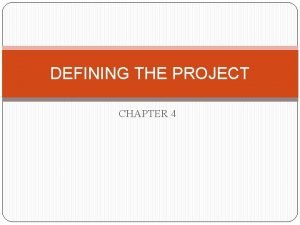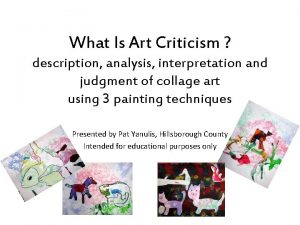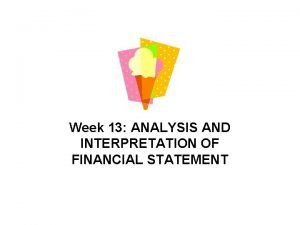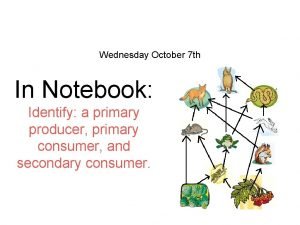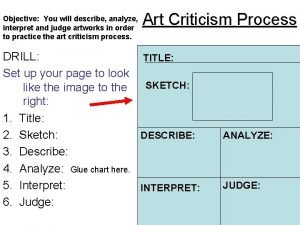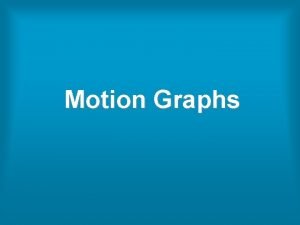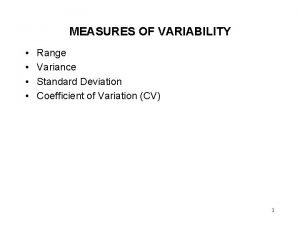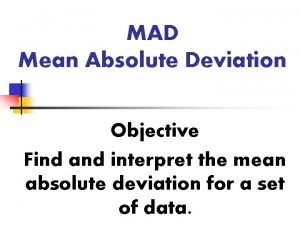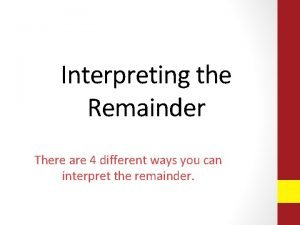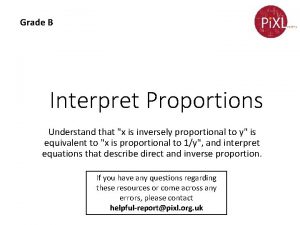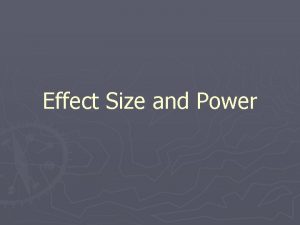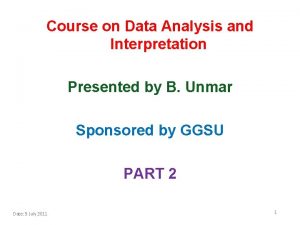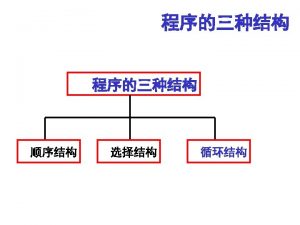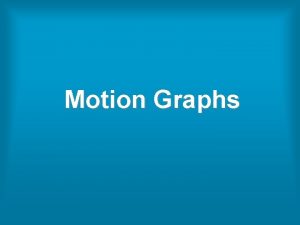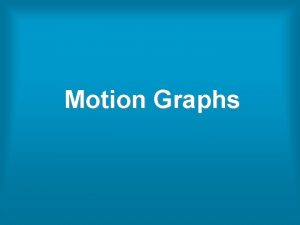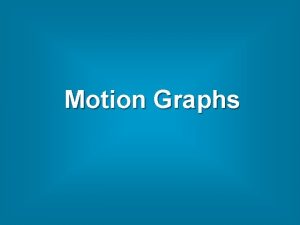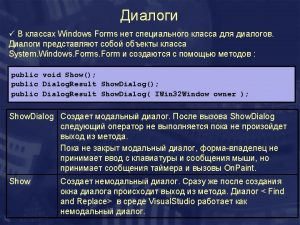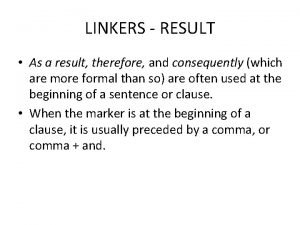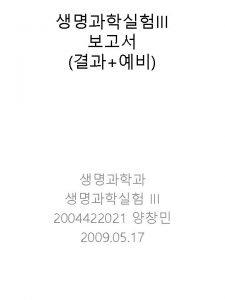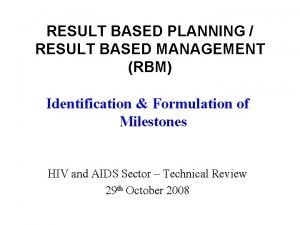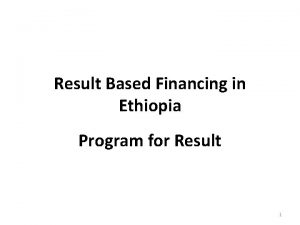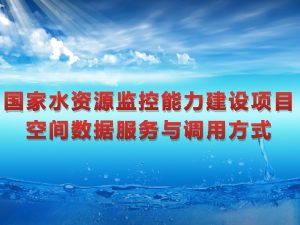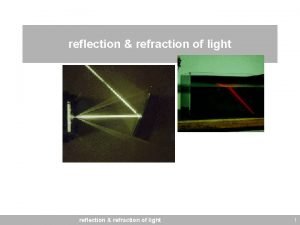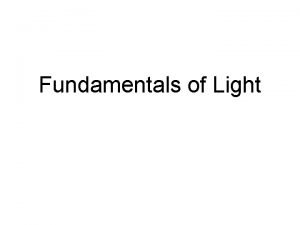Discussion Function Interpret your result in light of



































- Slides: 35

Discussion

Function �Interpret your result in light of what was already known �To explain our new understanding of the problem after taking your result into consideration

Achtung! Hypotheses Discussion will always connect to the introduction Questions Literature cited It does not simply repeat or rearrange the Introduction. Instead, it tells how your study has moved us forward from the place you left us at the end of the Introduction.

What to write in a discussion � Do your results provide answers to your testable hypotheses? If so, how do you interpret your findings? � Do your findings agree with what others have shown? If not, do they suggest an alternative explanation or perhaps a unforeseen design flaw in your experiment (or theirs? ) � Given your conclusions, what is our new understanding of the problem you investigated and outlined in the Introduction? � If warranted, what would be the next step in your study, e. g. , what experiments would you do next?

Style �Use the active voice whenever possible in this section. The addition of substance x increased the age span of species z by 2 years. The age span of species z was increased by 2 years with the addition of substance x

Style �Watch out for wordy phrases; be concise and make your points clearly. The addition of substance x increased the age span of species z by 2 years. The age span of species z was increased by 2 years with the addition of substance x

Style �Use of the first person is okay, but too much use of the first person may actually distract the reader from the main points. We found that the addition of substance x increase the age span of species z by 2 years.

Approach � Organize the discussion to address each of the experiments or studies for which your presented results � Do not waste entire sentences restating your results � Be wary of mistaking the reiteration of a result for an interpretation � Make reference to the findings of others � Use subheadings � Make sure that no new results are presented here that rightly belong in the results

Results Discussion 3. 1 Plant density and growth rate Plant density (dry basis) for Lesser Duckweed was reduced during the experiment, independently of the treatment due to the climatic conditions of the experiment which also negatively influenced the growth rate…… The mass of arsenic removed and the removal rate for the Lesser Duckweed were low with respect to the initial arsenic level. This means that the plants should be collected during a longer period in order to remove the contaminant, to achieve a long residence time and the management of higher biomasses and residues……… 3. 2 Arsenic removal

Approach � Organize the discussion to address each of the experiments or studies for which your presented results � Do not waste entire sentences restating your results � Be wary of mistaking the reiteration of a result for an interpretation � Make reference to the findings of others � Use subheadings � Make sure that no new results are presented here that rightly belong in the results

Results Discussion 3. 1 Plant density and growth rate Plant density (dry basis) for Lesser Duckweed was reduced during the experiment, independently of the treatment due to the climatic conditions of the experiment which also negatively influenced the growth rate…… The mass of arsenic removed and the removal rate for the Lesser Duckweed were low with respect to the initial arsenic level. This means that the plants should be collected during a longer period in order to remove the contaminant, to achieve a long residence time and the management of higher biomasses and residues……… 3. 2 Arsenic removal

Approach � Organize the discussion to address each of the experiments or studies for which your presented results � Do not waste entire sentences restating your results � Be wary of mistaking the reiteration of a result for an interpretation � Make reference to the findings of others � Use subheadings � Make sure that no new results are presented here that rightly belong in the results

Discussion ……. Consequently, the high absorption of the arsenic by both species during the initial phase is due in part to the necessity for the absorption of the phosphate from water. This high absorption of phosphorous from water has been demonstrated by Meerhoff et al. (2002) for E. crassipes and by Reddy and De Busk (1985) for both species.

Approach � Organize the discussion to address each of the experiments or studies for which your presented results � Do not waste entire sentences restating your results � Be wary of mistaking the reiteration of a result for an interpretation � Make reference to the findings of others � Use subheadings � Make sure that no new results are presented here that rightly belong in the results

Results Discussion 3. 1 Plant density and growth rate Plant density (dry basis) for Lesser Duckweed was reduced during the experiment, independently of the treatment due to the climatic conditions of the experiment which also negatively influenced the growth rate…… The mass of arsenic removed and the removal rate for the Lesser Duckweed were low with respect to the initial arsenic level. This means that the plants should be collected during a longer period in order to remove the contaminant, to achieve a long residence time and the management of higher biomasses and residues……… 3. 2 Arsenic removal

Approach � Organize the discussion to address each of the experiments or studies for which your presented results � Do not waste entire sentences restating your results � Be wary of mistaking the reiteration of a result for an interpretation � Make reference to the findings of others � Use subheadings � Make sure that no new results are presented here that rightly belong in the results

Case study The Antagonistic Activity Assesment of Fungal Endophytes from Oil Palm Tissues Against Basal Stem Rot Pathogen, Ganoderma boninense Pat.

Endophytic fungi (the good fungi) Antagonist againts G. boninense (The bad guy)

Exercise 1 Read the introduction part (5 min)

Exercise 2 Read the discussion part and try to identify where it belong (5 min)

A bit about the methods and results No. Methods Results 1. Isolation of fungal endophytes from different parts of palm oil in 3 locations Different parts from different locations have different colonization and isolation rate; on average it was considered high 2. Inhibition activity (qualitative) 53 isolates were chosen for quantitative assessment; most isolates are Trichoderma 3 Inhibition activity (quantitative) 22 out 53 isolates inhibited more than 80% colony of G. boninense; 20 were Trichoderma 4. Microscopic observation Indication of mycoparasitism by fungal endophytes againts G. boninense 5. Chitinolytic assessment on CCBp medium All showed chitinolytic activity (low to high); most Trichoderma isolates grew fast in CCBp medium and showed high chitinase activity

Exercise 3 Find faults in the discussion. How would you fix them? (15 min)

Literature cited

Function �Gives an alphabetical listing (by first author's last name) of the references that you actually cited in the body of your paper.

Some basic rules applicable to all formats indexed by author name(s): � All citation entries are listed in alphabetical order based the first author's last name; � If the same author(s) are cited for more than one paper having the same order of authors' names, the papers should be listed in chronological sequence by year of publication. � Authors' names MUST be listed in the citation in the same order as in the article.

Bugjuice, B. , Timm, T. and R. Cratchet. 1990. The role of estrogen in mouse courtship behavior changes as mice age. J Physiol 62(6): 1130 -1142. � Cratchet, R. , Bugjuice, B. and T. Timm. 1994. Estrogen, schmestrogen!: Mouse (Mus musculus) as a dietary alternative for humans. J Nutrition 33(6): 113 -114. � If the same author(s) are cited for two or more papers published within the same year, place a small case letter after the year to denote the sequence in which you referred to them. For example: � Bugjuice, B. 1970 a. Physiological effects of estrogen on mouse courtship behavior. . J Physiol 40(2): 140 -145. � Bugjuice, B. 1970 b. Physiological effects of estrogen analogs: Insincere courtship xxxxbehavior in female mice. J Physiol 40(8): 1240 -1247. If no author is listed, use the word Anonymous in place of the author name(s). � Anonymous. 1992. . . give rest of citation using appropriate format.

Specific Format Models �Journal Article: Single author Bugjuice, B. 1970. Physiological effects of estrogen on mouse courtship behavior. J Physiol 40(2): 140 -145.

Specific Format Models �Journal: Two authors Timm, T. and B. Bugjuice. 1989. The role of whisker length in mouse nose-twitch courtship behavior. J Physiol 61(3): 113 -118. �Journal: Multiple authors Bugjuice, B. , Timm, T. and R. Cratchet. 1990. The role of estrogen in mouse courtship behavior changes as mice age. J Physiol 2(6): 1130 -1142.

Specific Format Models �Book: single author Gumwad, G. 1952. Behavior patterns of mice. 2 nd ed. New York: Harper &Row. 347 p. �Book: multiple authors Huth, J. , Brogan, M. , Dancik, B. , Kommedahl, T. , Nadziejka, D. , Robinson, P. , and W. Swanson. 1994. Scientific format and style: The CBE manual for authors, editors, and publishers. 6 th ed. Cambridge: Cambridge University Press. 825 p.

Specific Format Models �Book: authors contributing a specific chapter Kuret, J. and F. Murad. 1990. Adenohypophyseal hormones and related substances. In: Gilman A, Rall T, Nies A, Taylor P, editors. The pharmacological basis of therapeutics. 8 th ed. New York: Pergamon. p. 1334 -60.

To note! �Each journal follows some specific format Find that info!

Example

Use the same typeface as the body of the text for the references, or just type Reference in style box. Examples are: � Sutasurya, L. A. & Riyanto, B. , Title of Paper, Name of Journal, 8(4), pp. 20 -25, 1999. (Journal) � Sutasurya, L. A. , Handojo, A. & Riyanto, B. , Title of book, 2 nd ed. , Publisher, 5 -10, 1999. (Book) � Williams, J. , Name of Paper, Name of Book, Name of the editor(s) (ed(s). ), Publisher, pp. 67 -69, 2001. (Book with paper title and editor) � Williams, J. , Title of paper, in Name of Proc. , Name of the editor(s) (ed(s). ), pp. 5 -10, 2004. (Conference Proceedings)

Example

Please follow the style below in the published edition of Nature in preparing reference lists: Authors should be listed surname first, followed by a comma and initials of given names. � Titles of all cited articles are required. Titles of articles cited in reference lists should be in upright, not italic text; the first word of the title is capitalized, the title written exactly as it appears in the work cited, ending with a full stop. Book titles are italic with all main words capitalized. Journal titles are italic and abbreviated according to common usage. Volume numbers are bold. The publisher and city of publication are required for books cited. (Refer to published papers in Nature for details. ) � References to web-only journals should give authors, article title and journal name as above, followed by URL in full - or DOI if known - and the year of publication in parentheses. � References to websites should give authors if known, title of cited page, URL in full, and year of posting in parentheses. �
 Light light light chapter 23
Light light light chapter 23 Into the light chapter 22
Into the light chapter 22 Light light light chapter 22
Light light light chapter 22 Writing results and discussion
Writing results and discussion Results and discussion in qualitative research
Results and discussion in qualitative research Introduction, method, result, and discussion
Introduction, method, result, and discussion List of appendices
List of appendices Result and discussion in research example
Result and discussion in research example Introduction of simple distillation
Introduction of simple distillation The definition of the end result or mission of your project
The definition of the end result or mission of your project Give us your hungry your tired your poor
Give us your hungry your tired your poor Put out the light, and then put out the light
Put out the light, and then put out the light Membrane bound organelles
Membrane bound organelles Or the bending of light and the bouncing off of light
Or the bending of light and the bouncing off of light What material blocks light
What material blocks light Describe analyze interpret judge
Describe analyze interpret judge How to interpret quick ratio
How to interpret quick ratio Identify the image
Identify the image Dr shaffi
Dr shaffi How does sociology interpret hate crimes
How does sociology interpret hate crimes How to interpret p value
How to interpret p value Findings of qualitative research
Findings of qualitative research What is the value of 6010 in binary?
What is the value of 6010 in binary? Aimsweb scores and percentiles
Aimsweb scores and percentiles Analyze
Analyze Interpret the graph below
Interpret the graph below How to interpret standard deviation results
How to interpret standard deviation results What is mad in math
What is mad in math Interpret the remainder
Interpret the remainder Percentages as operators
Percentages as operators Lower quartile
Lower quartile Interpret proportion
Interpret proportion Effect size statistics
Effect size statistics Example of analysis and interpretation of data
Example of analysis and interpretation of data Confidence interval z value
Confidence interval z value How to find the t score for a confidence interval
How to find the t score for a confidence interval



